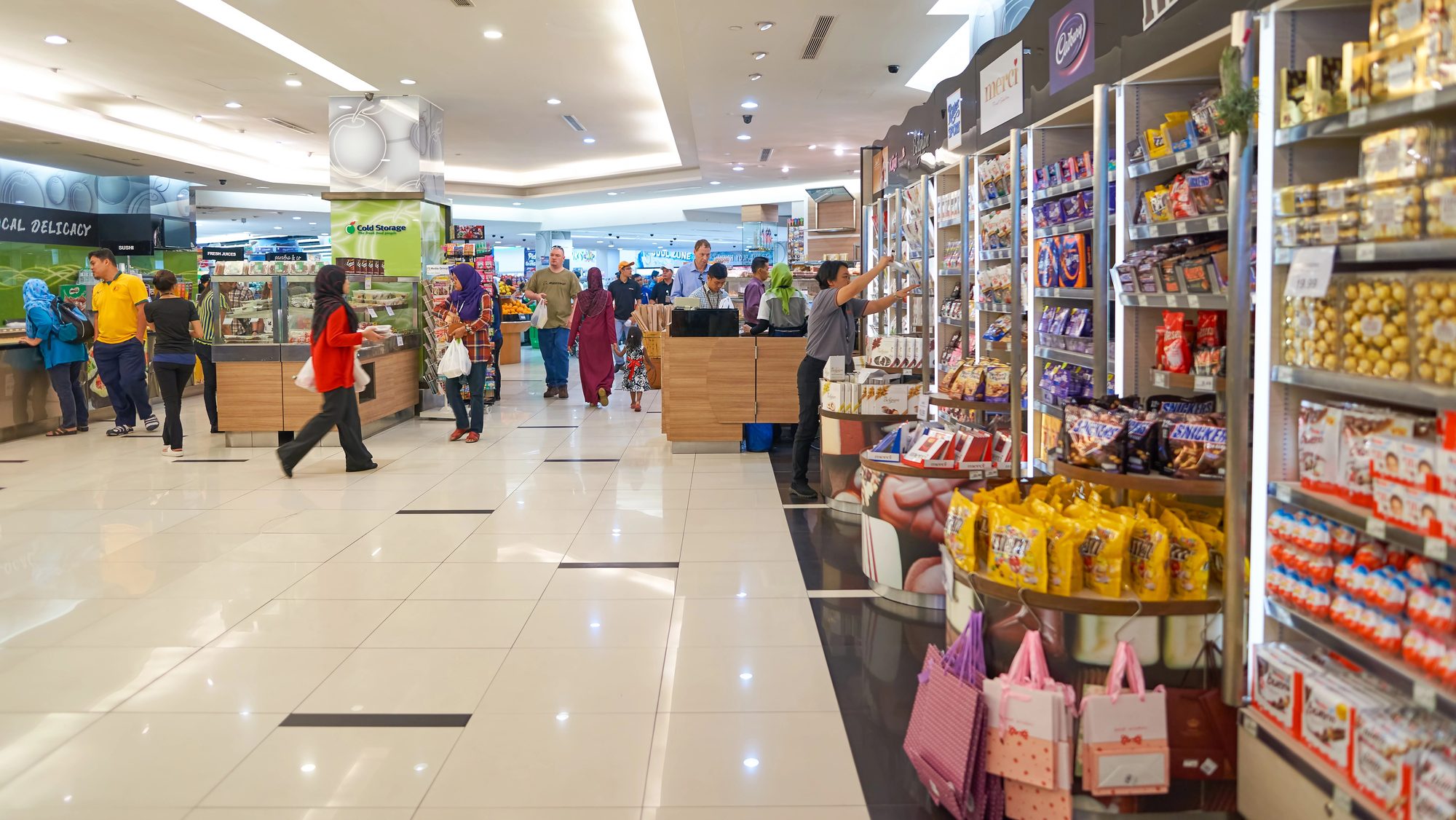SINGAPORE: Singapore’s inflation dropped sharply in October, with core and overall inflation falling more than expected. Economists and government officials project inflation to stay controlled throughout 2025 as the easing trend continues.
Core inflation, which excludes volatile categories like private transport and accommodation to better reflect household cost of living, saw a significant decline in October.
Core inflation hits lowest level in over two years
According to The Straits Times, it fell to 2.1% year-on-year, down from 2.8% in September. This marks the lowest rate since December 2021, well below economists’ forecast of 2.5%.
DBS Bank economist Chua Han Teng noted that this 0.7 percentage point drop is the largest since January 2013, signalling that recent price hikes in August and September were likely temporary.
The decline was largely driven by slower price increases in services, utilities like electricity and gas, and retail goods.
The Monetary Authority of Singapore (MAS) and the Ministry of Trade and Industry (MTI) pointed out that Singapore’s imported goods have become cheaper as global inflation eases and the Singapore dollar strengthens.
Headline inflation, which includes all categories, also saw a significant drop to 1.4% year-on-year in October, down from 2% in September.
This marks the lowest reading since March 2021. The largest contributors to this decline were a slowdown in accommodation inflation and a sharper fall in private transport costs, with car prices dropping by 2.5%.
Both core and overall inflation dropped by 0.3% every month, signalling sustained price easing.
Economists expect overall inflation to remain subdued through 2025. While accommodation inflation is expected to continue moderating, private transport costs may see a slight uptick, keeping overall inflation in the 1.5% to 2.5% range for 2025.
For the full year of 2024, overall inflation is expected to average 2.5%, down significantly from 4.8% in 2023.
What this means for monetary policy and economic outlook
As inflation moderates, the MAS may adjust its monetary policy stance, which has favoured a stronger Singapore dollar to curb rising prices.
Some analysts, such as UOB’s Jester Koh, suggest that MAS might allow the Singapore dollar to strengthen more gradually as core inflation nears desired levels.
However, OCBC’s Selena Ling cautioned that external uncertainties, such as geopolitical tensions and global inflation risks, may limit the central bank’s flexibility in the near term.
Looking ahead, Singapore’s government is expected to continue addressing cost-of-living challenges through measures in the upcoming Budget 2025, which could focus on job security and fiscal support.
With low unemployment, strong household balance sheets, and easing interest rates, many Singaporeans can still spend on large-ticket items despite the inflationary pressures of the past years.

